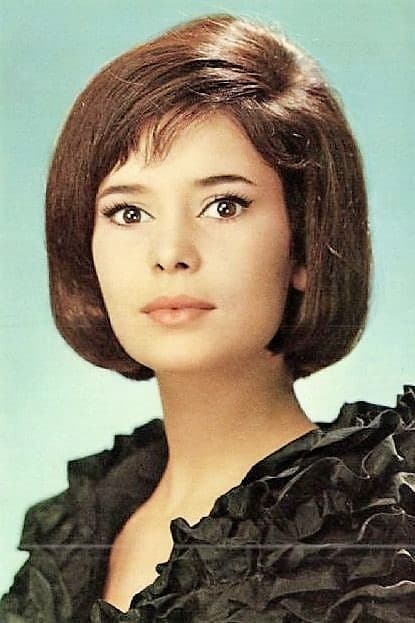
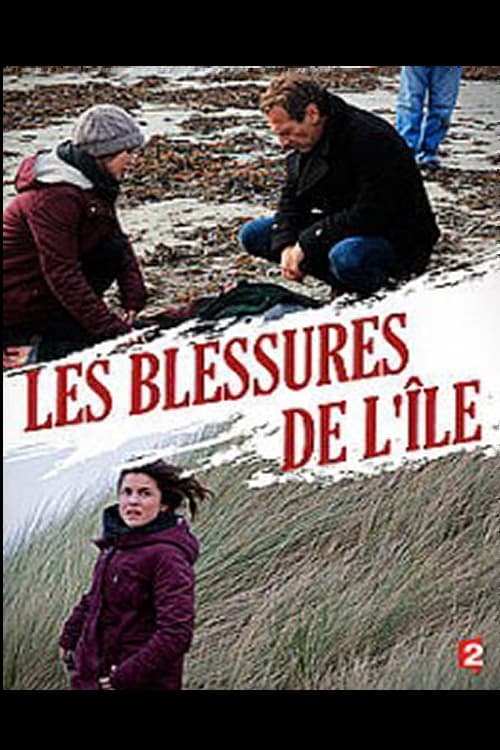
The murder of a woman in an abandoned house is the first murder this rural French island has had in 100 years. Or is it? A cop who left the island 20 years earlier and a young intern who moved away when she was six years old - but doesn't remember those first six years of her life - team up to solve the murder and some other mysteries that develop during the course of their investigation.
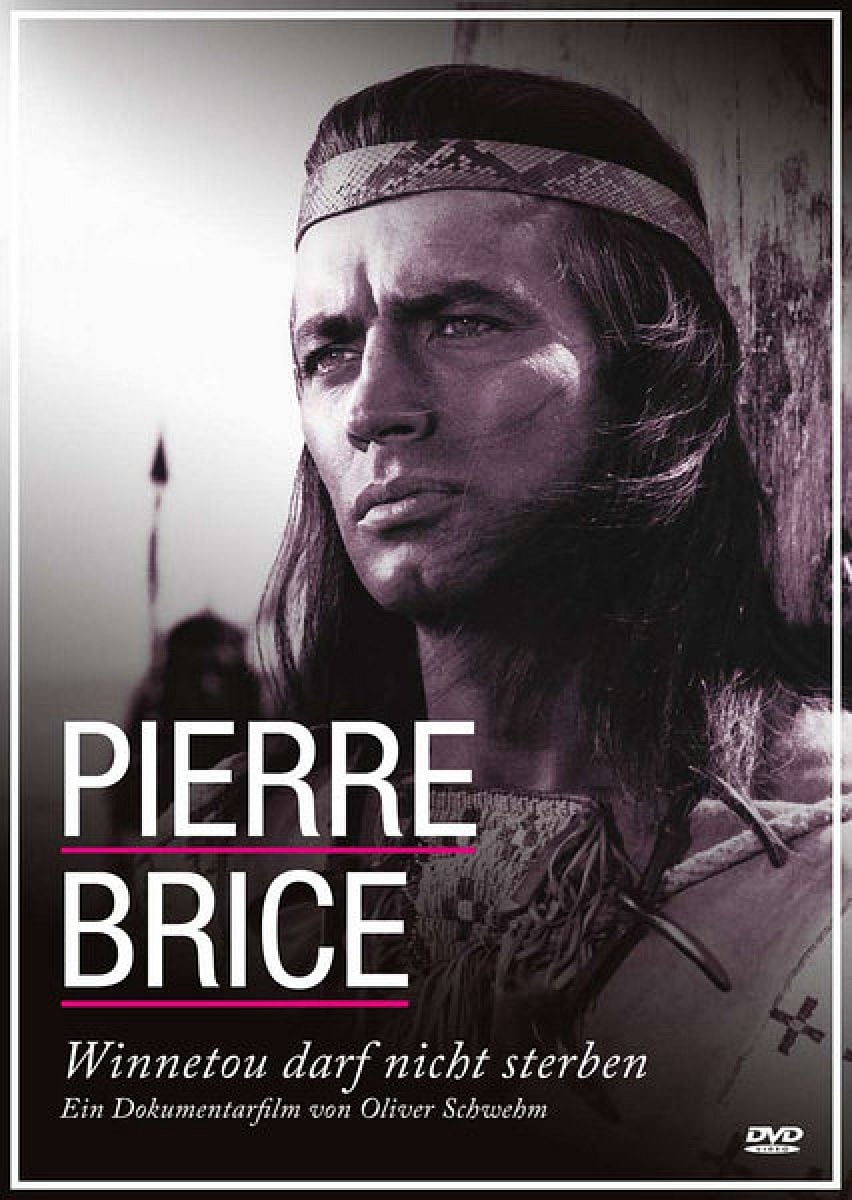
He is a living legend in Germany, but never became known to a wider audience in France: Winnetou actor Pierre Brice. Director Oliver Schwehm sensitively traces the career of the French actor, whose career only took off very hesitantly in the 1950s before he experienced a meteoric rise through the role of the noble Apache chief. Brice reflects on his role as "Winnetou" and visits the original locations in Croatia 40 years after the last filming was completed. Statements from colleagues and former companions (including Mario Adorf and Marie Versini) as well as numerous film clips round off this entertaining documentary.
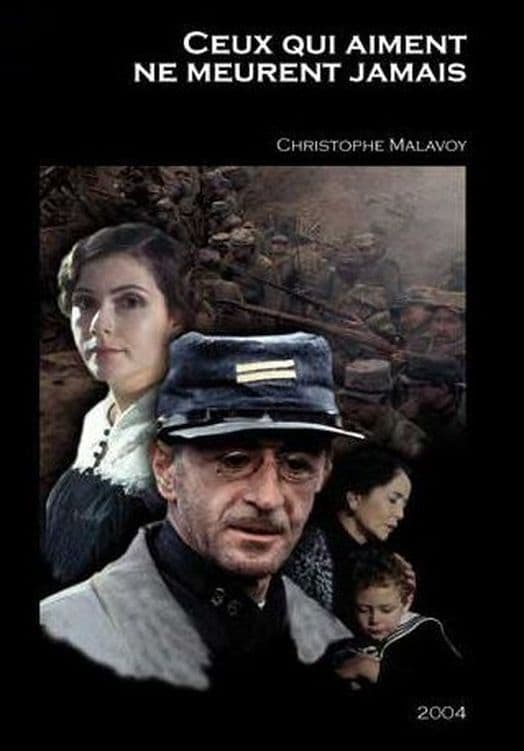
During WW-I Odette gets to know that her husband André has fallen. Her littler son never saw him. He tries to recapitulate his last hours.

My name is Hélène and 1952 was not an easy year for me. First, because my parents decided to leave Montpellier for Paris but without taking me and my big brother Michel along with them. Why, I don't know... The fact remains that I had to leave the south for Lille, in the North, where my grandmother Yaya (her true name is Alice but this is the way call her) and my grandfather Georges were living. What I disliked most was that Yaya had a preference for Michel and that Granddaddy was too grumpy. In Lille I also got very upset when pupils at the catholic school I attended told me I was... Jewish. Jewish? I didn't even know that Jews even existed. And when I knew better about them (Michel was more informed than I was), what a shock it was when I learned that my two other grandparents had been sent to a concentration during the war. A little too much for a little girl like me. A sure thing is that I will never forget the year 1952, the year when I was seven...
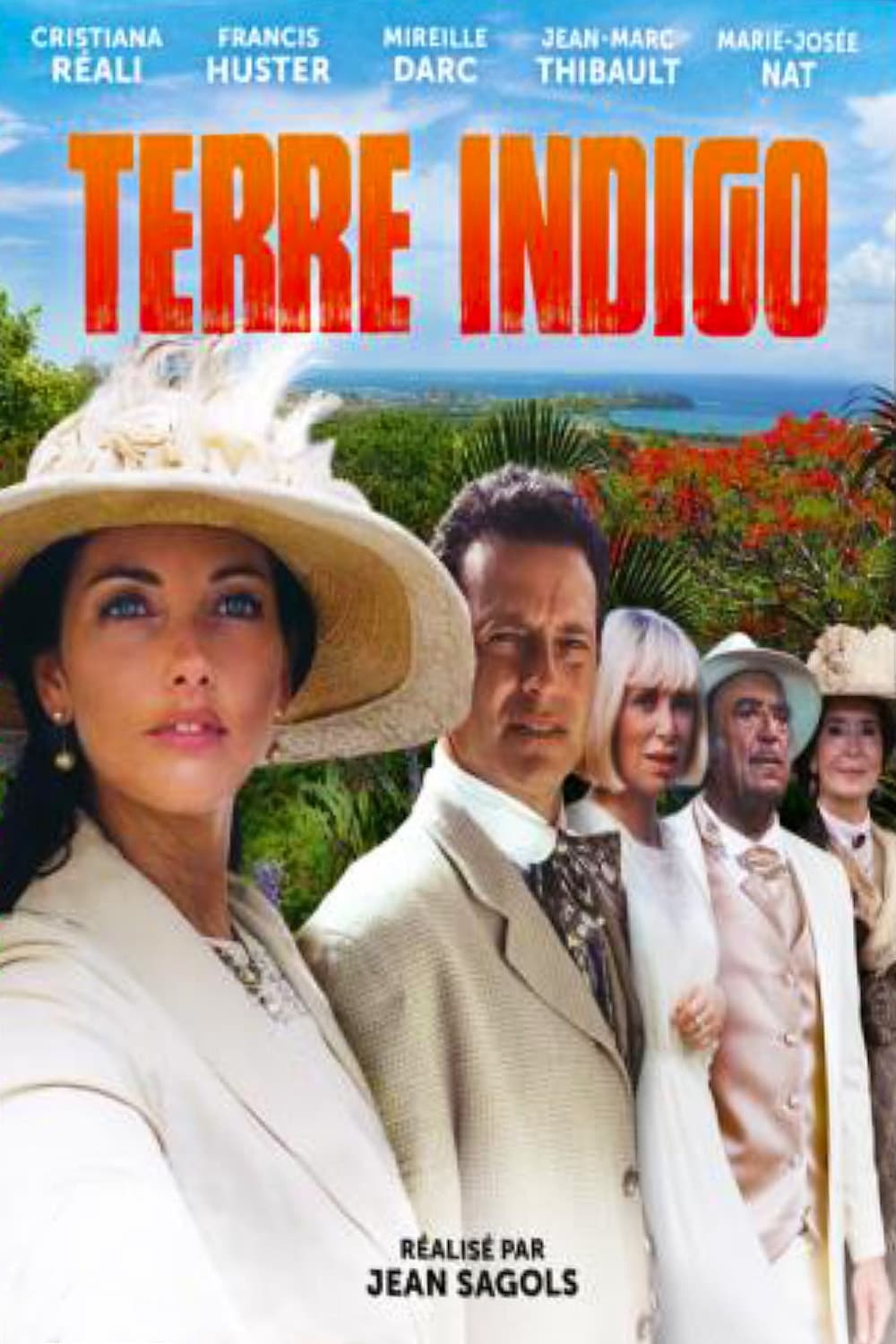
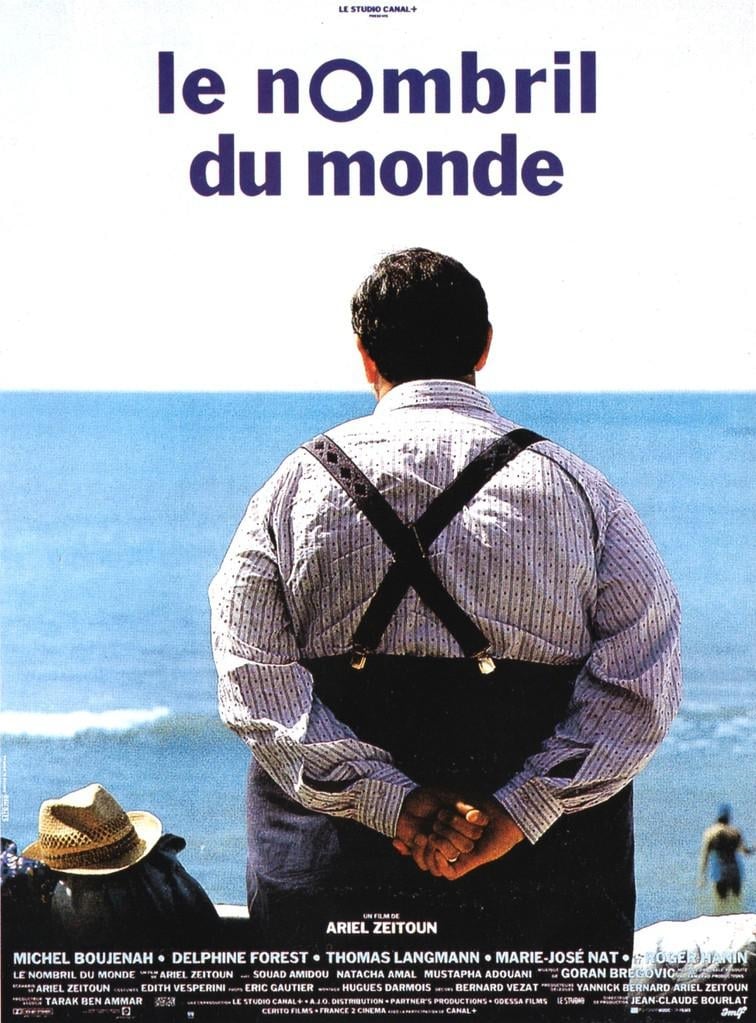
Tunisia, early thirties, the young and plump Bajou, lives modestly with his parents. One day after a flood, his father suddenly disappears. Thanks to his uncle and his cousin Marcel, he moves with his mother Oumi to work for the wealthy landowner Mr. Scali, a talkative and boastful man.

Río Negro is the struggle of two men, Osuna and Funes, hungry for power and wealth in a small town in Venezuela, during the dictatorship of Juan Vicente Gómez
Marie-José Benhalassa (22 April 1940 – 10 October 2019), known professionally as Marie-José Nat, was a French actress. Among her notable works in cinema were the sequel films Anatomy of a Marriage: My Days with Jean-Marc and Anatomy of a Marriage: My Days with Françoise (1963), directed by André Cayatte. In 1974, she received a Cannes Film Festival Award for Best Actress for her performance in the film Violins at the Ball. Benhalassa was born in Bonifacio, Corse-du-Sud, to a Kabyle Berber father, Abdelkader Benhalassa, and a Corsican mother, Vincentine (Biancarelli). In 1960, she married the actor Roger Dumas and divorced him in 1962. She then married French director Michel Drach with whom she had three sons, David, Julien and Aurélien. They divorced in 1981. She had a relationship of several years with the actor Victor Lanoux. On 30 September 2005 she married the painter, writer and songwriter Serge Rezvani in her third marriage. She died in Paris of cancer at age 79. After secondary studies at the Ajaccio high school, Benhalassa entered the cours Simon in Paris. Benhalassa began her career as a cover-girl and haute-couture model. In 1955, she won a competition from the magazine Femmes d'aujourd'hui which allowed her to become Jean-Claude Pascal's partner in a photo comics entitled L'amour est un songe. Denys de La Patellière offered her her first major role in 1959 in Rue des prairies alongside Jean Gabin, in which she played his daughter. The following year, she performed in a comedy sketch by René Clair alongside Claude Rich and Yves Robert, and obtained a major role in La Vérité by Henri-Georges Clouzot, playing Brigitte Bardot's rival opposite Sami Frey. In 1965, she married filmmaker Michel Drach; they had three children and divorced in 1981. She starred in several of her husband's films: Amelie or The Time to Love (1961), Elise, or Real Life (1970) and Les violons du bal (1974), inspired by his childhood experiences during World War II. She was also known for Train of Life (1998), Litan (1982) and The Dacians (1966) with Jean Sorel, Jean-Louis Trintignant, Victor Lanoux and Bernadette Lafont as acting partners. In 2001, Nat was a member of the jury at the 36th Karlovy Vary International Film Festival in 2001, and at the 24th Cabourg Film Festival in 2010. She was the very first person to appear on the front cover of Télé 7 Jours in its current name on March 26, 1960. Nat was awarded Best Actress at the 1974 Cannes Film Festival for her performance in Violins at the Ball, and the film was nominated for the Golden Palm award. She was made a chevalier of the Légion d'honneur on 31 December 2004, chevalier of the Ordre national du Mérite on 18 November 2002 and promoted to the rank of officer on 14 November 2011, commandeur of the Ordre des Arts et des Lettres as a member of the conseil de l'ordre of which she was a member from 1 March 2001 until April 2012. Source: Article "Marie-José Nat" from Wikipedia in English, licensed under CC-BY-SA 3.0.
By browsing this website, you accept our cookies policy.